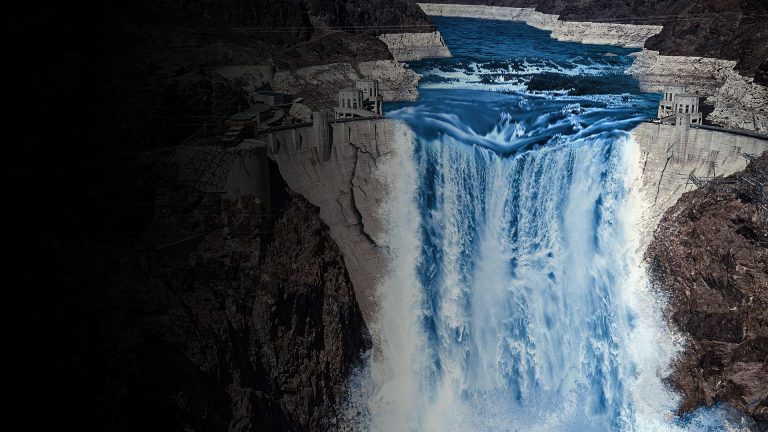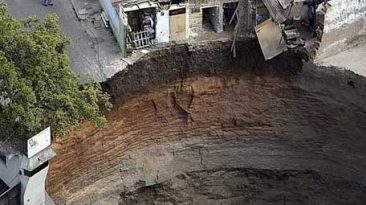You’re curled up at home, safe and dry, while it pours outside. It’s been an unusually rainy season and, unfortunately, the local dam wasn’t designed very well. In fact, it’s beginning to buckle right now.
Are you ready for the torrent of water and debris?
In 1889, a dam near Johnstown, Pennsylvania, in the United States of America, broke. There was no warning, and the people of Johnstown were caught mostly unaware. The rushing torrent killed one in every ten people in the town.
George and Belle Waters, with their three children, rushed into an unfinished attack where they attempted to wait out the flood. Their whole house shook with the force of the water, but luckily, it did not collapse as the water reached past the second floor.
While they all managed to survive, being in your attic isn’t the safest place when a dam breaks. How quickly can you be alerted? Where should you go? If the flooding has begun, can you still evacuate?
Step 1: Assess Your Risk of Floods
Because many cities have been built around bodies of water, it’s probable that you live on a floodplain. There are 57,000 large dams in the world, and you might live right in the path of one of them. Check your local public records and contact government agencies to figure out if you live in an area that is at risk of flooding.
Step 2: Sign Up For Alerts
Okay, so it turns out you live pretty close to a dam. Any city or town that is built in a floodplain should have monitoring technology and evacuation procedures to protect the community. Modern dams are even built with safety notification systems that can alert officials. The sooner you are alerted, the better chance you and your family will survive.
Step 3: Prepare
You can set up sandbags around the exterior of your home to help slow the surge of water. It won’t completely protect your house from flooding, but it’s better than nothing.
As you get ready to evacuate, make sure to pack some essential items, like clothes, insurance information, and identification documents. You’re not sure what the water will ruin, or how long you’ll have to stay away.
Step 4: Evacuate
Get to higher ground. If you live in a valley, get to a hill or ridge. If you’re stuck in a building when the dam bursts, then get as high up as possible in that building. Wherever you are, you want to be above the rushing torrent of water and debris.
Step 5: Stay Put
If you’re safe from immediate harm, then stay where you are. In a perfect storm of conditions, a mere six inches of water can knock you over, so don’t risk it by venturing out.
And trying to drive through the flooding is definitely a bad idea. Standing water can be deceptively deep.
Fallen power lines can also electrify water, making it doubly dangerous. Keep in mind, the older the dam, the more at risk it is of collapsing. The larger the dam, the more powerful the flow of water will be.
If the massive Hoover Dam in the U.S. state of Nevada failed while it was full, it would release 34 trillion liters (9 trillion gallons) of water, covering a vast area of over 4 million hectares (10 million acres). As humans, we tend to believe what we build is unbreakable, even though we’ve been proven wrong many times.
Sources
- “Dam Failure”. 2020. disaster-survival-resources.com.
- “Questions And Answers About Large Dams”. 2020. International Rivers.
- “Human Impacts Of Dams”. 2020. International Rivers.
- “The Deadliest Dam Failures In History”. Worldatlas.
- “Survivor Stories – Johnstown Area Heritage Association”. 2020. Johnstown Area Heritage Association.
- “Brumadinho Dam Collapse: A Tidal Wave Of Mud”. Darlington, Shasta, James Glanz, Manuela Andreoni, Matthew Bloch, Sergio Peçanha, Anjali Singhvi, and Troy Griggs. 2019. nytimes.com.
- “Floodwaters Breach Michigan Dams, Forcing Evacuations”. 2020. nytimes.com.

















